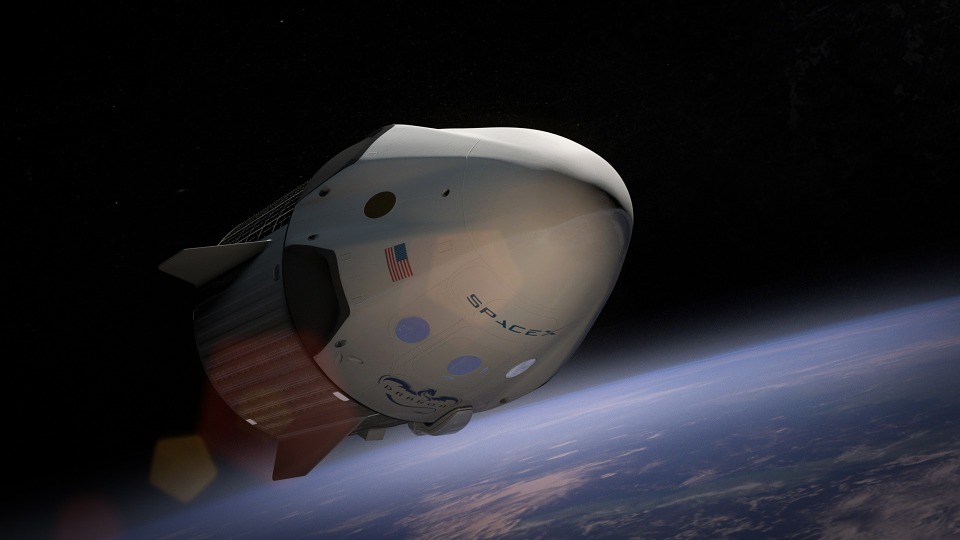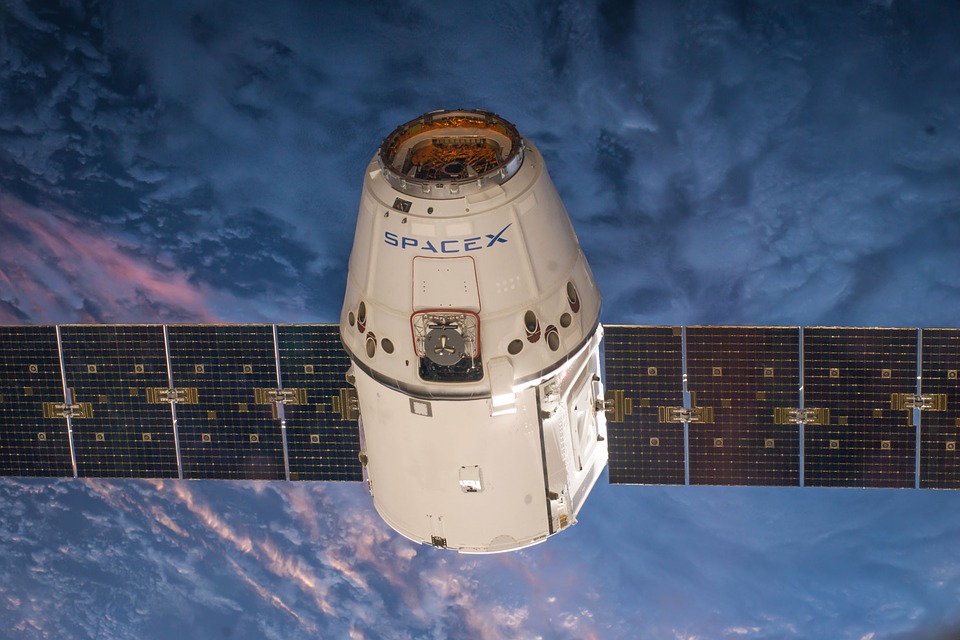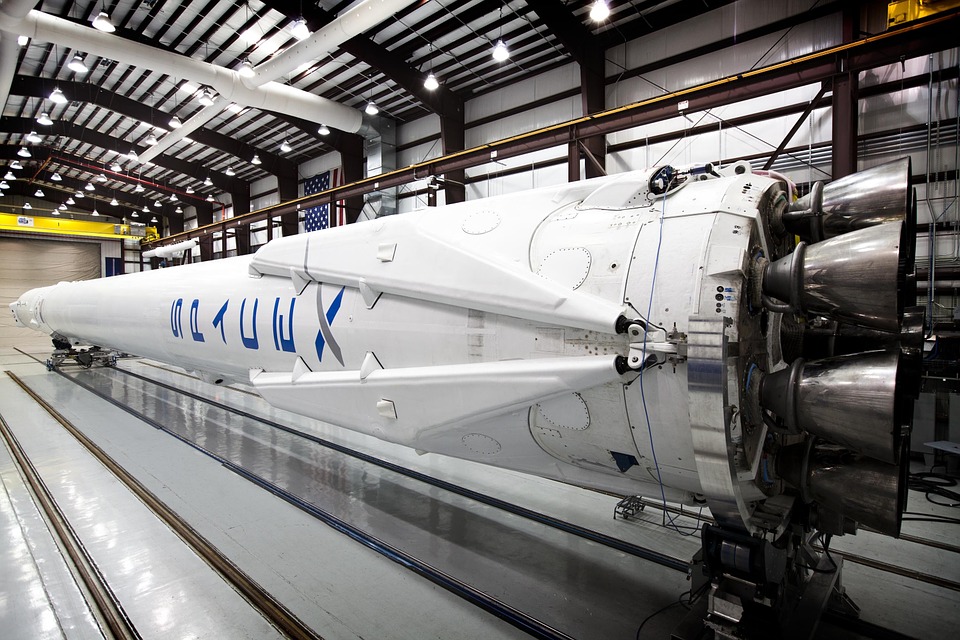Elon Musk’s SpaceX Will Take Humans to Mars by 2024

image credit: space-X-imagery via pixabay.com
When Elon Musks says he’ll go to Mars, he really means it. And he’s a few steps closer to reaching this goal with the progress being made with the SpaceX Program. Sitting at the helm of the SpaceX leadership team (aside from being Tesla’s CEO), Musk was dead serious when he laid out his plans to launch a manned mission to Mars by 2024. In a 2016 Code Conference, he stated, “The basic game plan is we’re going to send a mission to Mars with every Mars opportunity from 2018 onwards.” He added that it will be done every two years (or 26 months). Both people and cargo will be shuttled back and forth from the two planets.
But this ambition of Musk is just the tip of the iceberg. The intent of sending unmanned missions to Mars is to eventually colonize the red planet and even establish a city there. The idea may sound farfetched considering that SpaceX is aiming for their first launch in less than two years. But the idea however, is not so surprising at all. NASA has parked this in their project books for a long long time, but as TIME put it, it was the US government bureaucracy itself that stalled these missions.

image credit: space-X-imagery via pixabay.com
Enter the Dragon
But since SpaceX is a privately owned company, it can basically work at a faster and shorter timeframe speeding up the process of funding and executing Martian missions. To make this possible, SpaceX has invested its resources and talents in developing the so-called Falcon 9 rocket and the Dragon spacecraft.
The number in Falcon 9 was taken from the nine Merlin engines that propel the rocket upwards. These are ignited on the first stage and has a total burn time of 162 seconds. According to the SpaceX website, the engines are “greater than five 747s at full power and that the “rocket’s thrust actually increases with altitude.” A second Merlin engine (within the composite fairing) is ignited on the second stage with a burn time of 397 seconds; it is longer this time as it can place multiple payloads in orbit.
What makes the Falcon 9 truly fascinating is that it can also land vertically, a feat that NASA rockets could not do previously. In the past, after rockets have run out of fuel, it falls back to earth by parachute. But the Falcon 9 can land safely on ground, making it usable again for several trips.
At the tip of the rocket is the Dragon spacecraft, which actually holds the promise of landing humans on Mars. The Dragon is the first private spacecraft to reach the International Space Station and is currently the only spacecraft to do so in repeated flights. According to the SpaceX website, Dragon is actually meant to transport up to 7 humans (a typical spacecraft would only hold 3) but for now, it transports cargo to and from Earth and the International Space Station.
The Dragon has a total payload of 6,000 kg upon launch and half of the payload (3,000 kg) upon return to Earth.

image credit: space-X-imagery via pixabay.com
Counting down the days
So far, spaceX has spent a considerable amount of money to make its ambitions happen, that’s US$300 million to be exact according to a report from spacenews.com. SpaceX is also working closely with NASA in the first unmanned landing in Mars using the Dragon spacecraft. Dubbed as the “Red Dragon” Mars lander, the spacecraft will be slightly modified to be able to land softly on Mars’ grounds. The report added that the agreement with NASA “in the form of an unfunded Space Act Agreement, does not include any exchange of funds between NASA and SpaceX.” Around US$32 million will be spent by NASA spread over four years in the form of technical support and manpower.
Aside from the preparations for the Red Dragon spacecraft, SpaceX is also upgrading the Falcon rocket into a Falcon Heavy rocket which adds 18 more Merlin engines. This is essential in making the trip to Mars more feasible than ever.
Musk is undaunted by the challenges and as the deadline comes closer, things seemingly start to shape up. “I think, if things go according to plan, we should be able to launch people probably in 2024, with arrival in 2025,” he said confidently.